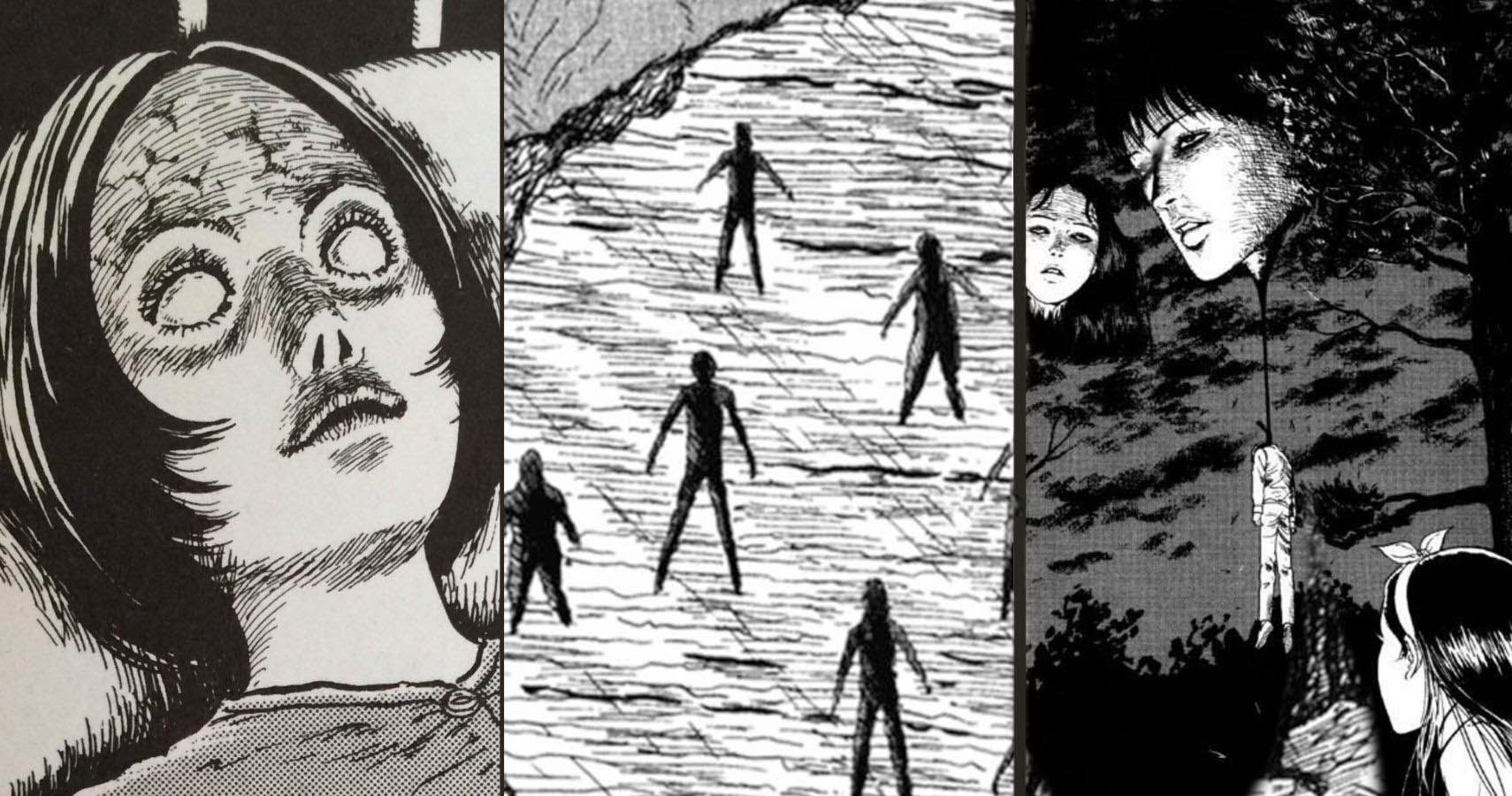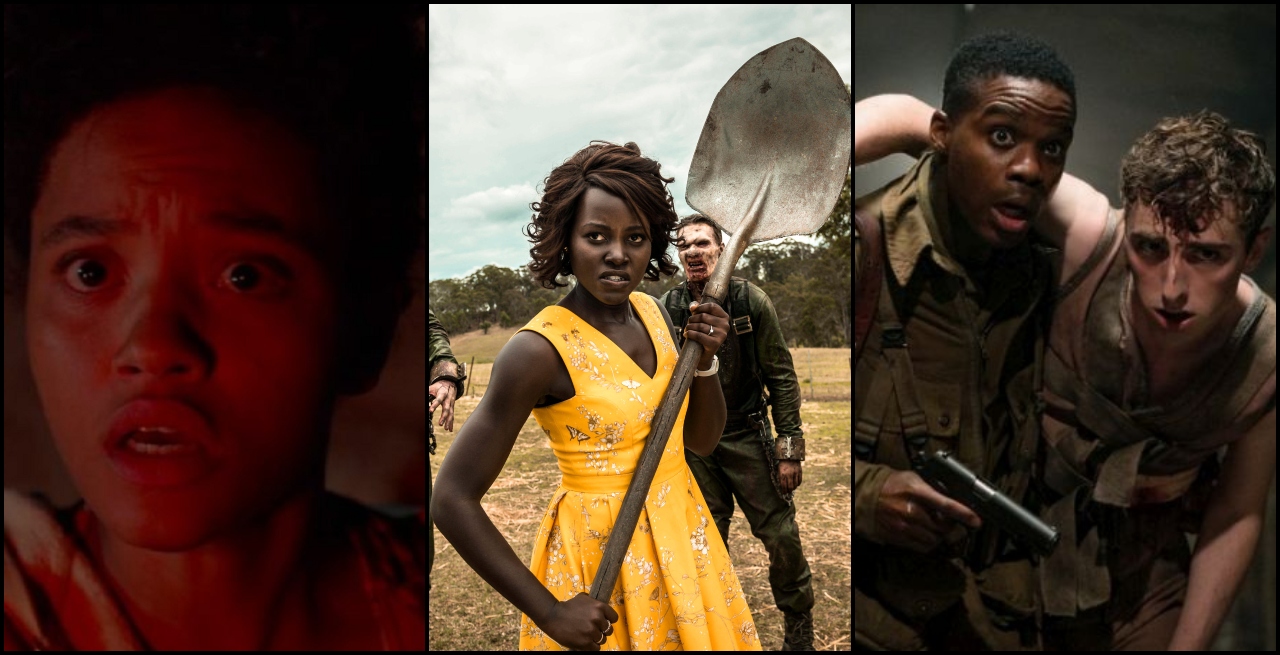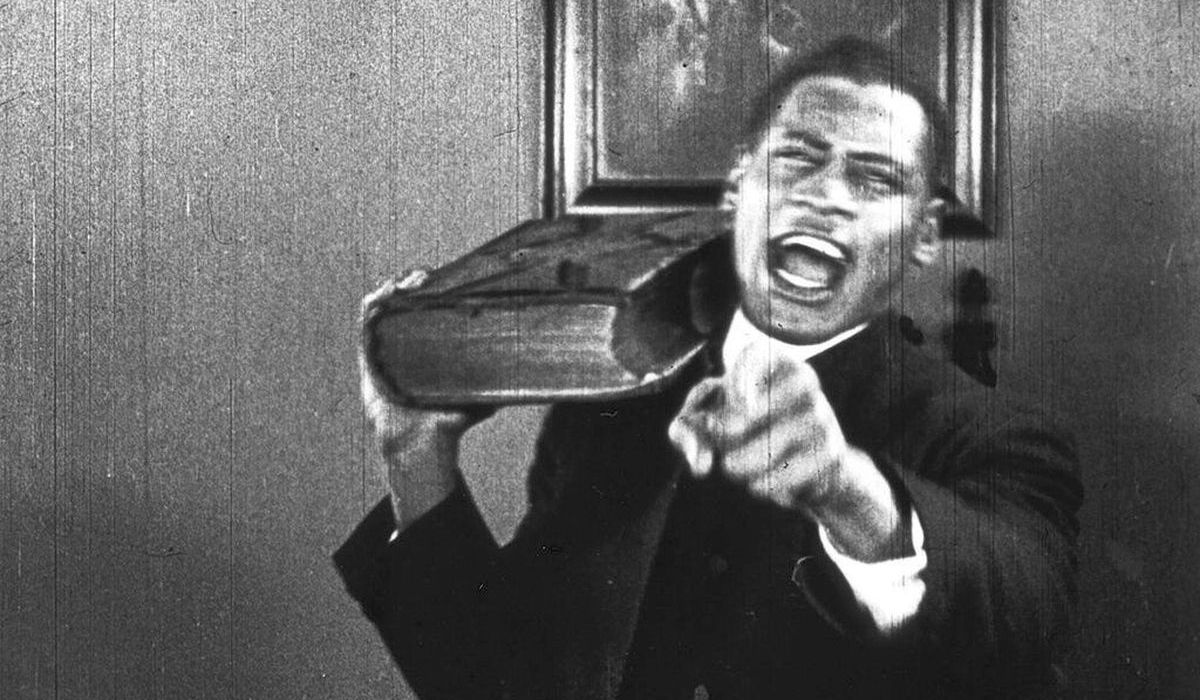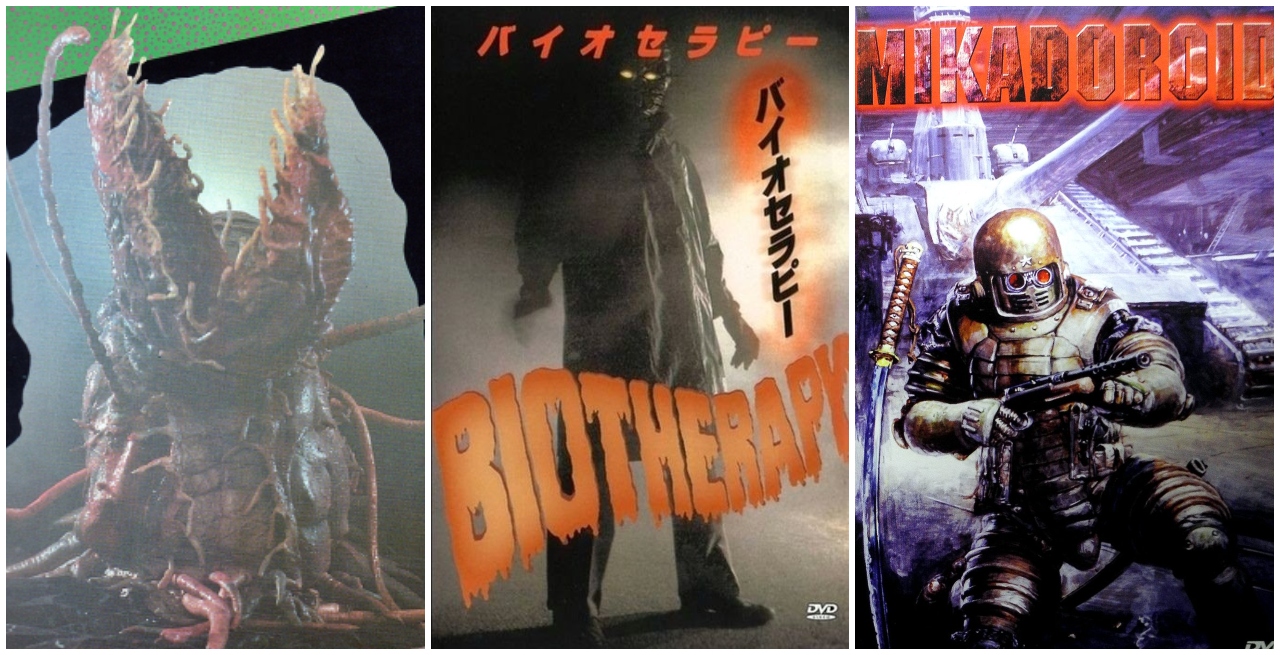

Originating in 1980s Japan, V-cinema was a term that was trademarked by the film giant Toei Company as a general label for their direct-to-video content. With the rise in VHS players being purchased, as well as difficulty recouping their investments in their big-budget productions (as well as the popularity of OVA’s), the decision to move onto producing smaller budget films released directly to tape distributors seemed like the next logical step. With the release of their first V-cinema title Crime Hunter in early 1989, the film was met with great success. Finally, bringing back the profits to Toei, the company released a slew of titles over the next few years, kick-starting the careers of multiple filmmakers such as Hideo Nakata, Shinji Aoyama, and even Takashi Miike.
After seeing this success and also wanting a piece of this proverbial pie, a number of other production companies also began to release their own direct-to-video content. Names such as Nikkatsu, Japan Home Video, and VIP releasing their own brand of V-cinema, dubbed V-Features, V-Movies, and V-Pictures respectively. Despite this, the term V-cinema seemed to stick as a blanket term for these low-budget, straight-to-video titles—even those produced independantly before this time.
Whilst this style of filmmaking had become prominent in different parts of the world, these titles were always considered poor in overall quality and never thought of as a legitimate means of production. However, unlike the rest of the world, the format seemingly began a boom of incredible titles that are still beloved today. As such, we decided to put together a list of our favourites horror films from this important part of Japan’s film history.
- Guzoo: The Thing Forsaken by God – Part 1 (1986)
- Conton (1987)
- Guinea Pig Series (1985-89)
- Death Powder (1986)
- Biotherapy (1986)
- Senritsu Kaiki File Kowasugi Series(2012-ongoing)
- Nagai Go no Horror Gekijo/Nagai Go no Kowai Zone series (1989-92)
- Nighty Night: Midnight Nightmares (1986)
- Lucky Sky Diamond (1990)
- Bloody Muscle Bodybuilder in Hell (1995)
- Monster Commando Series (1995)
- Splatter: Naked Blood (1996)
- Muzan-E (1999)
- Sexual Parasite (2008)
- Angel of Darkness Series (1995-97)
- Red Room Duology (1999-2000)
- Ju-On: The Curse (2000)
- Dead Girl Walking (2004)
- Door (1988)
- Tokyo Videos of Horror/ Yami Douga Series (2012-ongoing)
Guzoo: The Thing Forsaken by God – Part 1
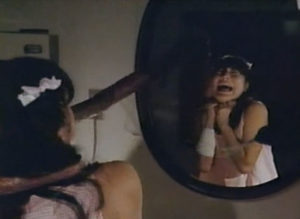
Guzoo: The Thing Forsaken by God – Part 1 is a 1986 monster/splatter horror film written and directed by Kazuo Komizu with additional writing from Hitoshi Matsuyama and Junzô Takagi. Four college students spend a vacation at the house of their professor whose daughter is, unbeknownst to her guests, conducting strange experiments on an ancient creature from another dimension. Unfortunately, this creature manages to escape and wreak havoc on the inhabitants.
Residing as a bizarre mix of Nobuhiko Obayashi’s Hausu (1977) and John Carpenter’s Prince of Darkness (1987), Guzoo: The Thing Forsaken by God – Part 1 produces all the enjoyable elements of Shokushu cinema yet delivers them in an easier-to-swallow, less NSFW package (if your workplace doesn’t mind excessive gore). Despite its minuscule budget, the incredible levels of practical effects implemented cement this piece of WTF cinema as a cult classic to those who are aware of its existence.
Conton
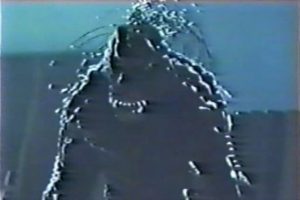
Conton is a 1987 monster/body horror written and directed by Takuro Fukuda. Goh, an orphaned college student, is dealing with several issues all at once, including a large amount of debt, as well as his nightmares about being stalked by a demon. As the nightmares continue, they slowly transform into a terrifying reality, and Goh must confront the grotesque demon that he thought only lived in his mind.
Known for its magnificent creature designs, Conton’s relentless descent into bodily deformity as well as the aspect of psychological torment makes it a standout entry in the genre. Its masterful pacing and tense atmosphere build into a kinetic battle between good and evil. The film’s only problem is its low fidelity, with only an old VHS-rip copy available to watch as of writing. The tape’s poor quality seriously affects the visuals of the creature, making it difficult to discern the sheer talent that went into their creation. However, this grungy aesthetic undoubtedly adds a level of charm to the production overall.
Guinea Pig Series

The Guinea Pig Series is a collection of six extreme gore films, two behind-the-scenes documentaries, and the Best of Compilation film. Consisting of Devil’s Experiment directed by Satoru Ogura, Flower of Flesh and Blood directed by Hideshi Hino, He Never Dies directed by Masayuki Hisazumi, Devil Woman Doctor directed by Hajime Tabe, Android of Notre Dam directed by Kazuhito Kuramoto, and Mermaid in the Manhole directed by Hideshi Hino.
Synonymous with Japanese extreme cinema, the Guinea Pig series features some of the most notorious examples of realistic effects implemented on a shoestring budget. As such, it should be fairly obvious as to the reason why this series was designated to direct-to-video features, with the naturalistic level of brutality on display in Devil’s Experiment and Flower of Flesh and Blood hardly being considered acceptable for a theatrical release (despite the more comedic tone of the latter films). However, if you are looking for some no-nonsense Japanese splatter-horror V-Cinema, the films in the Guinea Pig Series are a perfect place to start.
Death Powder
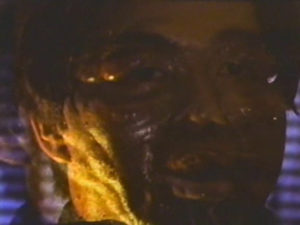
Death Powder is a 1986 Japanese cyberpunk body horror film, written and directed by Shigeru Izumiya. In the near future, three conspirators capture a very special android named Guernica. The group brings her to a deserted warehouse and ties her to a cot, but the android secretes a reality-altering substance that causes the abductors to slowly lose their minds as they hallucinate unspeakable terrors and undergo unnatural transformations.
An underrated piece of psychotropic cinema, Death Powder is an incredibly kinetic body horror that is perfect for those seeking a cinematic experience that pushes boundaries and challenges conventional storytelling. Although the film’s composition may be difficult to comprehend at times, the expressive cinematography combined with exquisite practical effects delivers a mind-melting experience throughout.
Biotherapy
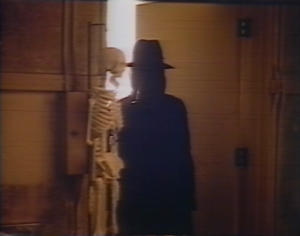
Biotherapy is a 1986 sci-fi horror, written by Kazuhiro Kasai and Hiroshi Takatsu, and directed by Akihiro Kashima. A team of scientists is continuing their work on a growth hormone stimulant called GT Medicine, a concoction said to make animals grow ten times their size. However, the group is viciously attacked by a mysterious alien entity hellbent on stealing this serum for its own nefarious purposes.
An exemplary example of rising tension, Biotherapy efficiently utilises its minuscule, 30-minute runtime to effortlessly craft a tense narrative full of visceral practical effects. Additionally, with a great performance from the cast, the story flows at a breakneck pace yet manages to be relayed to the audience concisely. However, due to its runtime, the ending occurs far too suddenly and could have easily filled a 60-minute runtime. Despite this, Biotherapy is still an exceptional piece of short cinema that is certainly worthy of more exploration.
Senritsu Kaiki File Kowasugi Series
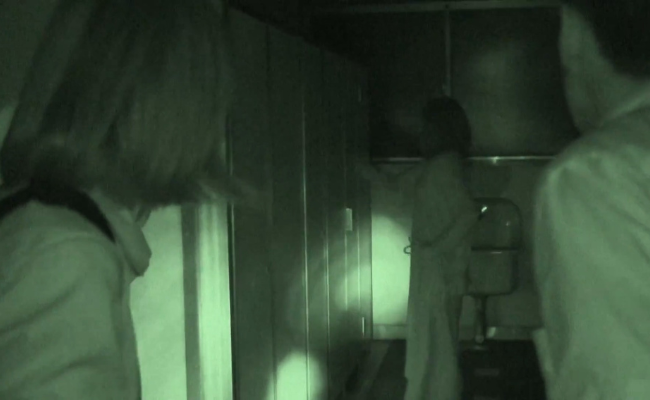
Senritsu Kaiki File Kowasugi series is a collection of nine supernatural found-footage pseudo-documentaries, consisting of Senritsu Kaiki File Kowasugi! File 01 – Operation Capture the Slit-mouthed Woman (2012), Senritsu Kaiki File Kowasugi! File 02 – Shivering Ghost (2012), Senritsu Kaiki File Kowasugi! File 03 – Legend of the Human-Eating Kappa (2013), Senritsu Kaiki File Kowasugi! File 04 – The Truth Hanako-san of the Toilet (2013), Senritsu Kaiki File Kowasugi! Preface: True Story of the Ghost of Yotsua (2014), Senritsu Kaiki File Kowasugi! The Most Terrifying Movie in History (2014), Senritsu Kaiki File Kowasugi! Final Chapter (2015), Senritsu Kaiki File Super Kowa Too! Fear Adventure: Kokkuri-san (2015), and Senritsu Kaiki File Super Kowa Too! Dark Mystery: Snake Woman (2015); all directed by Koji Shiraishi.
Some of the best found footage cinema to come from Japan, the Senritsu Kaiki File Kowasugi File series is a flawless blend of found footage horror, faux documentary, and Japanese folklore, all interlaced with hilarious dark comedy that creates the perfect representation of all these aspects. A group of filmmakers, headed by hot-headed director Jin Kudo (Shigeo Ôsako), along with assistant director Miho Ichikawa (Chika Kuboyama), and cameraman Tashiro (Koji Shiraishi); the group investigates supernatural happenings across the country and tries to aid the people afflicted by these paranormal creatures with their own unique mystical intervention (usually Koda punching people). Whilst incredibly low budget, the series is a stand-out example that high funds aren’t necessary to create a charmingly appealing, long-running series.
Nagai Go no Horror Gekijo/Nagai Go no Kowai Zone series
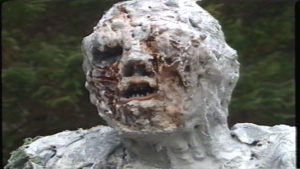
Nagai Go no Horror Gekijo/Nagai Go no Kowai Zone is a series of 4 films, consisting of Nagai Go no Kowai Zone: Kaiki and Nagai Go no Kowai Zone: Senki directed by Go Nagai and Hikari Hayakawa, as well as Nagai Go no Horror Gekijo: Mannequin and Nagai Go no Horror Gekijo: Kirikagami directed by Hidehiro Ito. Where Nagai Go no Kowai Zone: Kaiki and Nagai Go no Kowai Zone: Senki are short anthologies containing two adapted stories from Go Nagai’s manga, Nagai Go no Horror Gekijo: Mannequin and Nagai Go no Horror Gekijo: Kirikagami focus on a single narrative throughout, likewise adapted from Go Nagai’s works.
Nagai Go no Kowai Zone, inspired by the manga master’s dark imagination, delivers a wickedly satisfying blend of terror and grotesque storytelling. Comprising a series of vignettes, the films explore the boundaries of human fear and the supernatural with a captivating eerie atmosphere. Each segment presents a distinct nightmare, from haunted dolls to vengeful spirits, offering a diverse range of horror experiences. While some stories stand out more than others, the overall presentation is visually striking, showcasing Nagai’s signature macabre style. Though it may not reinvent the horror anthology genre, the series successfully pays homage to Nagai’s chilling source material, delivering an unsettling cinematic experience that’s sure to appeal to fans of the genre and the iconic mangaka alike.
Nighty Night: Midnight Nightmares
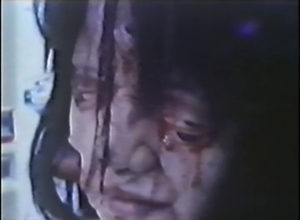
Nighty Night: Midnight Nightmares is a 1986 independent Japanese horror anthology directed by Hirohisa Kokusho. The film is made up of four unconnected segments; Birthday Cocktail – A casual birthday party soon escalates after the guests become inebriated; Out of the Window – an apparition preys on the yearning of teenage students; Survival Game – A young lady is thrust into a game of cat and mouse with a murderous creature; and Cinderella – A young lady’s body dysmorphia manifests into physical form.
Only recently rediscovered after being considered lost for around 30 years, Nighty Night is unquestionably deserving of cult classic status. Fraught with astonishing special effects and a great performance from its many stars, the film is a stellar display of independent filmmaking on a budget. However, whilst some segments are undeniably stronger than others, with Survival Game being the standout story, the film still conveys a congenial display of body horror throughout its runtime.
Lucky Sky Diamond

Lucky Sky Diamond is a 1990 gore horror film directed by Izo Hashimoto. The film was thought to be a part of the Guinea Pig series due to sharing a lot of similarities with the films as well as a number of crew members who worked on Flower of Flesh and Blood. However, even though this is now known to be untrue, the film is still considered an unofficial entry to the franchise. A woman wakes up in a hospital and is terrorized by horrifying hallucinations and two sadistic doctors.
Being similar in tone and graphic content, it is fairly understandable why those unaware would assume that the film was part of the Guinea Pig Series. However, Lucky Sky Diamond features an underlying psychedelic visual design that was generally lacking from its mistaken prequels, constantly alluding to the possibility that the tortures the patient experiences may not actually be real. Yet the visualisations of this brutal torture sure are, displaying some top-notch special effects worthy of the Guinea Pig moniker.
Bloody Muscle Bodybuilder in Hell
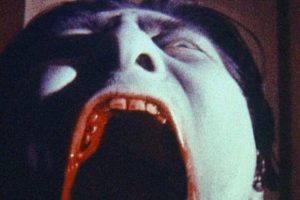
Bloody Muscle Bodybuilder in Hell is a 1995 splatter horror film written, directed, and starring Shinichi Fukazawa. A young bodybuilder, Shinji, his journalist ex-girlfriend, and a spiritualist investigate his childhood home in the countryside. The domicile is said to be haunted by an evil spirit, and their lives take a nightmarish turn as they are forced to fight for their survival against an onslaught of supernatural horrors brought on by Shinji’s father’s previous actions of murder.
Stuck in development hell for around 15 years, Bloody Muscle Bodybuilder in Hell is the dedicated passion project of Shinichi, who spent a large amount of his life working on the film long after production had ended. The results speak for themselves, as the final product is an endearing love letter to horror itself. Taking inspiration from a number of different films from all over the world, Bloody Muscle Bodybuilder in Hell most resembles Sam Raimi’s Evil Dead films in visual style. Featuring lots of practical special effects and buckets of fake blood, this low-budget romp is a thoroughly entertaining cult classic that deserves its moniker as the “Japanese Evil Dead”
Monster Commando Series
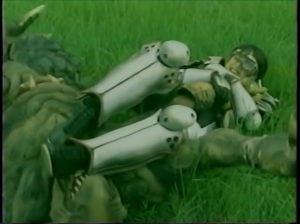
The Monster Commando series is a collection of three sci-fi tokusatsu films, consisting of Monster Commando H, Monster Commando M, and Monster Commando Y. The films were all directed by Hitoshi Matsuyama, all being completed back-to-back and released in 1995. Each film deals with a bounty hunter charged with traveling to distant planets to defeat a monster by whatever means necessary.
Overflowing with undeniable charm, the Monster Commando film’s closest analogy would be the best parts of Super Sentai turned up to eleven. With each of the film’s starring roles filled by famous female professional wrestlers such as Hikari Fukuoka, Mayumi Ozaki, and Cutie Suzuki, you can be sure there is plenty of top-notch, hand-to-hand fight choreography. Additionally, the implementation of a simplistic story certainly allowed for the film’s shoestring budget to fall on providing some impressive special effects throughout. Utilising a mix of striking practical special effects combined with some rather laughable CGI undoubtedly creates an enjoyable experience overall. However, the biggest problem is the level of approachability, with all three films lacking any subtitles. Although, with such a simple premise, it’s not too difficult to get the general gist of the story and doesn’t hinder the experience in the slightest.
Splatter: Naked Blood
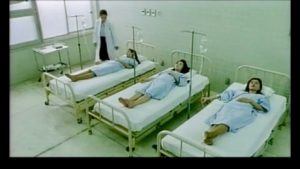
Splatter: Naked Blood is a 1996 splatter sci-fi horror film written by Taketoshi Watari and directed by Hisayasu Satô. A scientist taints his mother’s scientific experiment with his own drug that transforms pain into a pleasurable experience. Unfortunately for the three women involved in the experiment, the drug works a little too well.
A remake of Satô’s previous film Pleasure Kill (1987), Splatter: Naked Blood follows a similar theme but lacks the promiscuous nature of its predecessor (despite the name). Unlike most gore films, Splatter: Naked Blood has an incredibly strong narrative, full of social commentary on addiction, loneliness, and meeting expectations inter-spliced with some incredibly nihilistic scenes of self-destruction. Indeed, the practical effects implemented in these scenes are incredibly visceral, portraying eroticised auto-cannibalism and stomach-churning evisceration in the vivid detail Satô’s films are notorious for. As such, the film is undoubtedly not for the faint of heart or temperate disposition.
Muzan-E

Muzan-E is a 1999 Japanese pseudo-documentary/horror pinku, written and directed by Daisuke Yamanouchi. An investigative reporter researches the disappearance of AV star Mai Tsurumi, exploring the seedy world of fetish adult videos in search of information. During this investigation, the reporter uncovers a rumour that the unfortunate girl may have been abducted and used as the victim of an alleged snuff film.
One of the more graphic films on the list, Muzan-E certainly doesn’t shy away when it comes to adult content. Whilst the investigation takes the documentary film crew deeper into the recesses of the adult film industry, they are exposed to the seedy underbelly of these mostly unregulated, underground fetish videos. The film delivers some incredibly graphic scenes of haematophilia that may not be to everyone’s taste, however; if you can stomach these scenes, Muzan-E delivers a gripping narrative with some unexpected twists along the way and is undoubtedly worthy of more attention.
Sexual Parasite
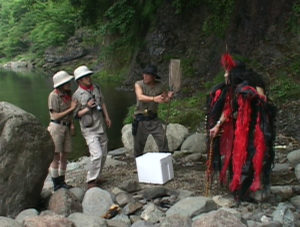
Sexual Parasite is a 2008 horror comedy pinku film, written and directed by Takao Nakano. Five teenagers enter an abandoned house deep in the restricted jungle. Unbeknownst to them, this building is still home to a woman who is the host of a parasitic monster that drives her to fornicate… then murder.
Whilst primarily a Pinku Eiga, Sexual Parasite features an abundant mix of tongue-in-cheek comedy and messy splatter horror along with its adult content. Indeed, the film isn’t afraid to get down and dirty in either respect, covering its stars from head to toe in a whole host of bodily fluids. The comedic delivery, whilst juvenile, is sure to stir some cheap laughs and is certainly worth viewing with a bunch of like-minded friends to get the yuks flowing.
Angel of Darkness Series

Angel of Darkness series is a collection of five short horror pinku films, with the first, third, and fourth entries directed by Mitsunori Hattori, and the second and fifth entries directed by Atsushi Shimizu. A private school for girls becomes a breeding ground for an evil hell-spawn. A concerned teacher, Mr. Tojo, tries to keep the girls out of trouble and starts prowling the streets himself. However, it is revealed that he is the biggest threat, as he morphs into a demon with tentacles whenever he gets aroused
Although not as well thought of as its more action-oriented counterpart, the La Blue Girl series, the Angel of Darkness series is still a fantastic, live-action horror escapade into Shokushu territory. Based on the four-part adult-orientated anime OVA of the same name, Angel of Darkness has a stronger focus on its slasher horror elements rather than its risque content (though there is still plenty of that). The attention to creating atmosphere and scares makes the series feel reminiscent of John Carpenter’s The Thing (1981), just with more simulated girl-on-tentacle action.
Red Room Duology
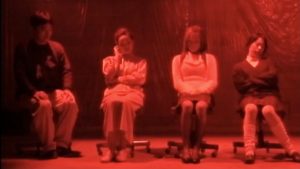
Red Room and Red Room 2 are a pair of extreme horror films, directed by Daisuke Yamanouchi. The plot revolves around a mysterious underground contest known as the King Game, where four random contestants enter a deadly card game. The player who selects the King card doles out increasingly violent and perverse punishments to the other contestants until only one survives, taking a huge cash prize. In reality, these acts of torture and sadism are streamed live to paying customers, who crave more and more brutal acts to get their kicks.
The second entry on this list from the purveyor of filth, Daisuke Yamanouchi, The Red Room duology is a brutal insight into the callousness that humans are capable of in the right (or wrong) conditions. Beginning with scenes of humiliation and cruelty, these punishments soon escalate to extremely violent acts of sadism and carnal abuse until death. Although the contestants are fighting for the chance to win it big, it is arguably the viewers this game is being live-streamed to who are the real winners—receiving a front-row seat to the extreme depravity being delivered by the victims.
Ju-On: The Curse
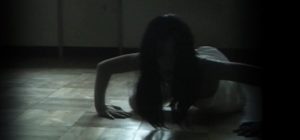
Ju-On: The Curse is the first official film in the long-running Ju-On series, written and directed by Takashi Shimizu. Jealous of his wife’s love for another man, a teacher from their son’s school, a husband brutally kills his wife and young son. Searching for the son, who has missed a lot of school, the teacher enters their house, only to encounter the ghost of his dead mother, and consequently has a heart attack and becomes a ghost himself. The story goes on to tell of the new tenants of the house and what they experience, and an investigation by two police officers into why so many people are disappearing.
Although not thought of as such, the first film in the Ju-On series was a low-budget feature released direct-to-video. Told through nonlinear order via vignettes, the atypical storytelling, whilst bewildering, delivers an amazingly intricate narrative of interwoven tales. The deeply unsettling atmosphere, along with unforgettable supernatural horror is certainly the driving force behind the film, alluding to some of the most notable pieces of J-horror to be produced to this day.
Dead Girl Walking
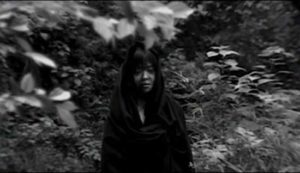
Dead Girl Walking is a 2004 horror drama, directed by Koji Shiraishi and Yokoyama Kazuhiro, and written by Koji Shiraishi and Naoyuki Yokota. Sayuri, a normal high school girl, is sadly pronounced dead by her physician. However, by all accounts, Sayuri’s body still functions, her emotions are intact, and by most definitions, she is alive. Yet her body is beginning to decay and rot like that of a corpse as she struggles to come to terms with her new identity as a dead girl walking.
Filmed in a mix of black and white and colour, Dead Girl Walking is an effortlessly stylish piece of short cinema. Disregarding the standard three-act narrative, the film lingers solely on Sayuri’s struggles to continue living a normal life as she slowly decays away into nothingness. The lack of significant events and slow pacing allude to an incredibly bleak depiction of loneliness, isolation, and desperation—a theme that only seems to become more relevant as time progresses.
Door
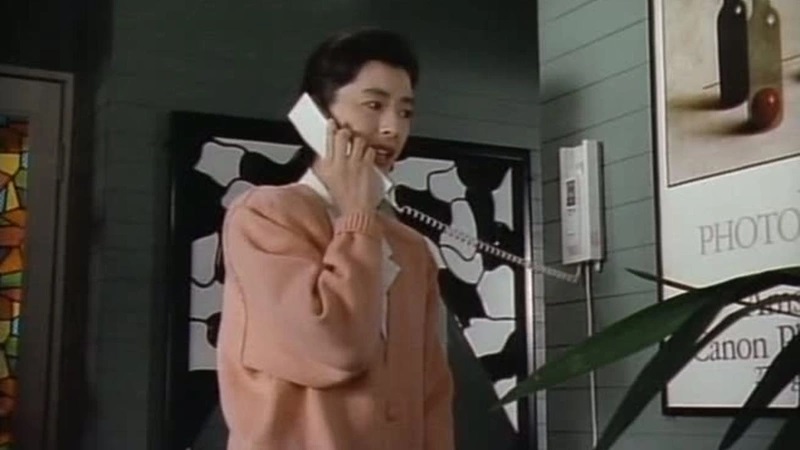
Door is a 1988 psychological horror thriller, written and directed by Banmei Takahashi with additional writing from Ataru Oikawa. Yasuko, a housewife living in an apartment building with her husband, Satoru, and young son, Takuto, becomes annoyed at a door-to-door salesman’s incessant spam calls. In frustration, she slams her door shut and injures the man’s hand in the process. Although he leaves, this is but the start of Yasuko’s nightmarish harassment.
Although not thought of as fondly as other J-horror, Door is an underrated classic that embodies everything that elevates the genre above other horror. Its ability to build a slow, rising sense of tension creates an incredibly oppressive atmosphere throughout, erupting in an intense home invasion that is equal parts horrifying and visceral. Although the film bypasses the mysterious whodunit trope, the film has a stark similarity to an Italian Giallo horror-thriller in tone—creating a slow-burning tale of fear and paranoia.
Tokyo Videos of Horror/ Yami Douga Series

The Tokyo Videos of Horror series is a huge collection of around 79 anthology films (the series is still ongoing), all directed by Kazuto Kodama. Each film is presented in the form of an episode of a late-night TV show that investigates strange occurrences, comprised of found-footage shorts of a supernatural nature.
A must-see for fans of found footage, the Tokyo Videos of Horror series is a literal smorgasbord of supernatural horror wrapped in an analog veneer. Being an anthology, each segment certainly varies in content and quality. Ranging from a few minutes long to up to 15-20 minutes in length, the short narratives can alternate between themes of the psychic and occult to scenes of grotesque violence caught on camera. Additionally, with each film only being around an hour in length, it’s fairly easy to breeze through a couple at a time.
More Lists
Junji Ito has been writing horror since 1987. Nowhere near finished, he has several more tomes set for release this year. Often called the Stephen King of Japan, his works… Alongside their dedicated Shorts Showcase (both Canadian and International), the Toronto After Dark Film Festival offers bitesize extras for those attending. Each of the main features is preceded by a… Welcome to Part 2 of our series highlighting Black Horror! For Part 2, we have compiled a list of films featuring black leads, most of which are newer releases, but… Black History month may end with February in the United States, but your awareness and exploration of black history and contribution shouldn’t end there! In this four part series we… 2023 has been quite the year for new releases, from sci-fi thrillers, to splatter horror, to sequels and remakes out the wazoo, the year has seen a wide variety of… It’s Halloween and I therefore decided to do a recap of horror-related tropes or subgenres in Japanese entertainment! An obvious choice, taking up a fair amount of the genre landscape,…12 Best Short Stories of Junji Ito – Master of Horror Manga
TADFF 2023 Canadian Shorts (Pre-features) [Toronto After Dark Film Festival]
Black Horror Part 2: 18 Horror Films Featuring Good Roles for Black Actors
Black Horror Part 1: Black horror has always been around
Extreme Cinema of 2023 – Some of the Best Releases of this Year
Japanese Slashers and Monster Movies: Japanese Monster Slashers

Hey there, I’m Jim and I’m located in London, UK. I am a Writer and Managing Director here at Grimoire of Horror. A lifelong love of horror and writing has led me down this rabbit hole, allowing me to meet many amazing people and experience some truly original artwork. I specialise in world cinema, manga/graphic novels, and video games but will sometime traverse into the unknown in search of adventure.
